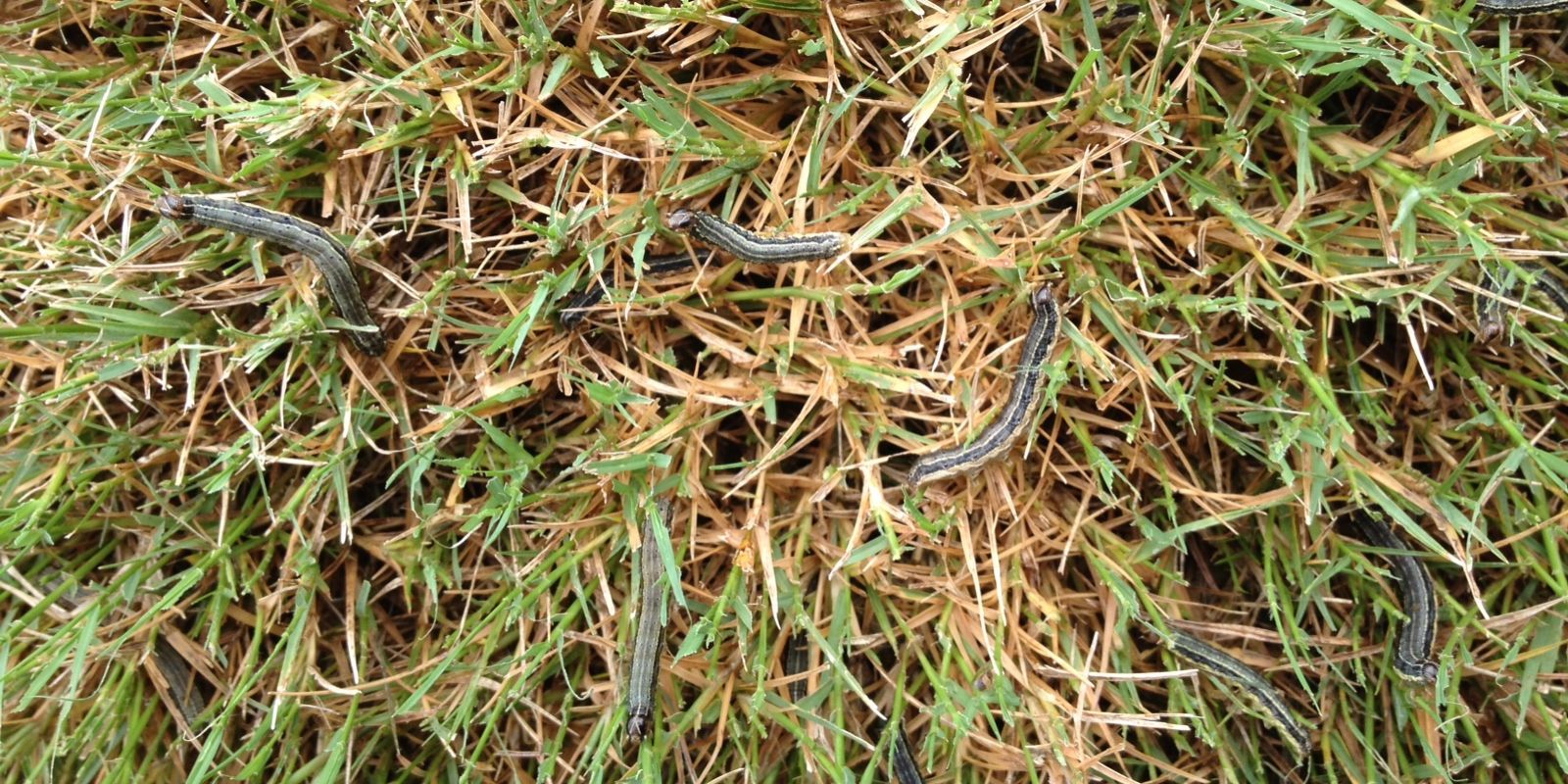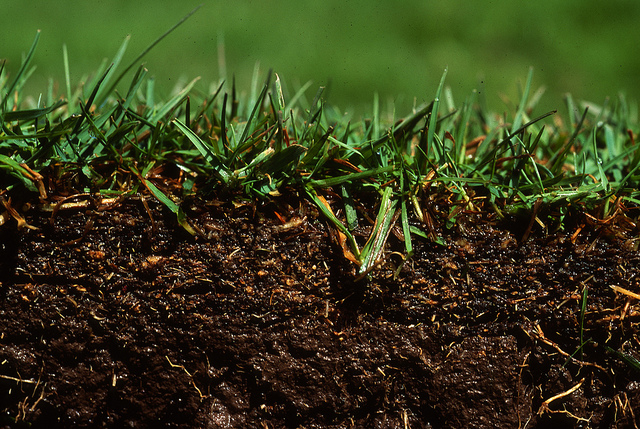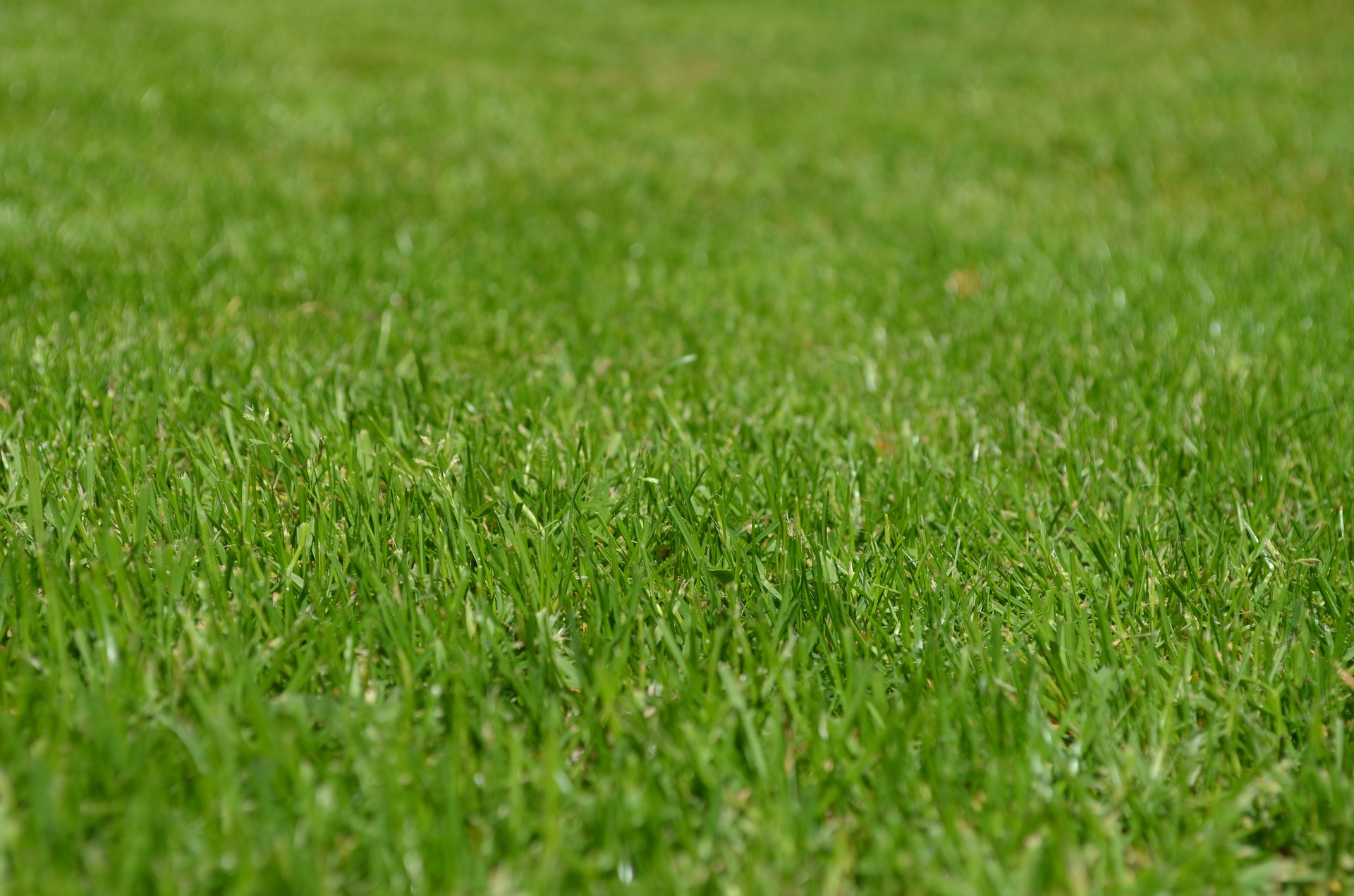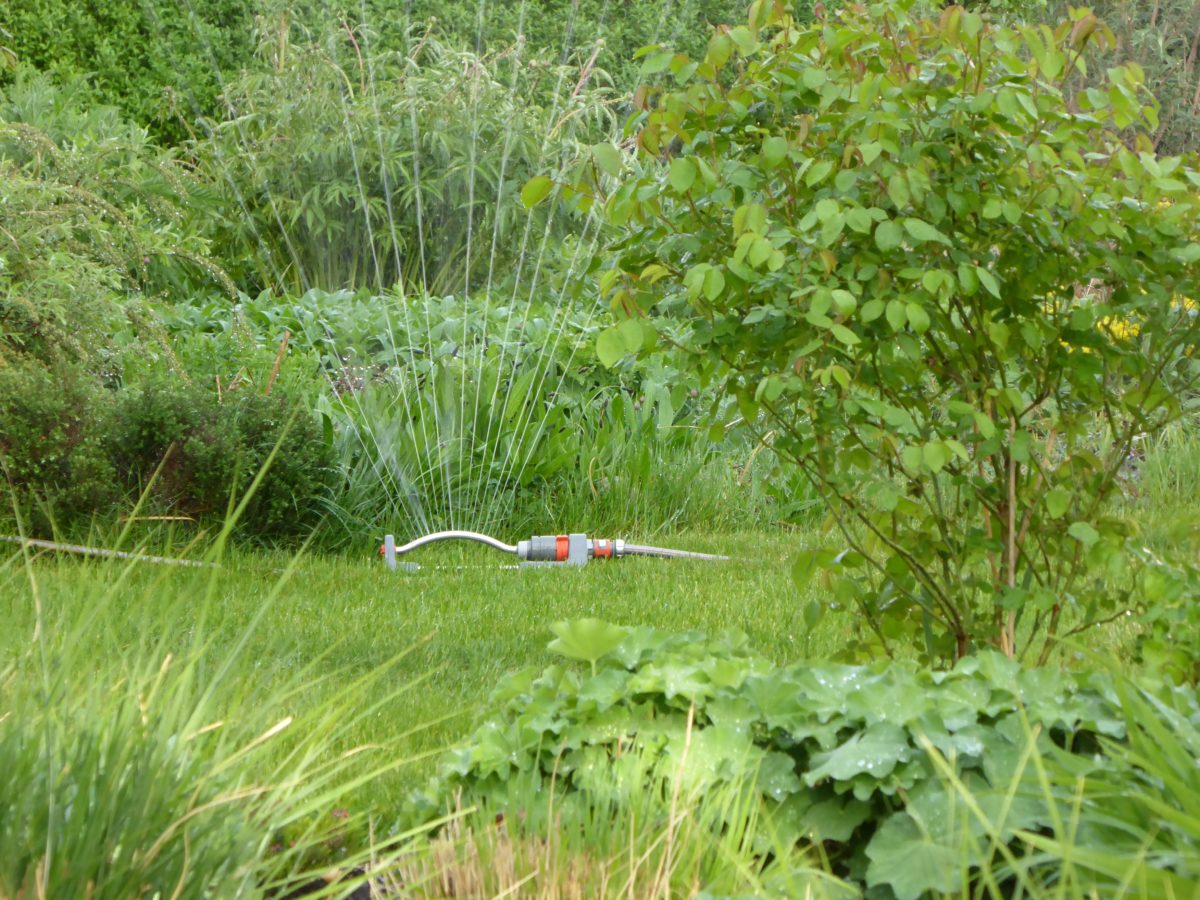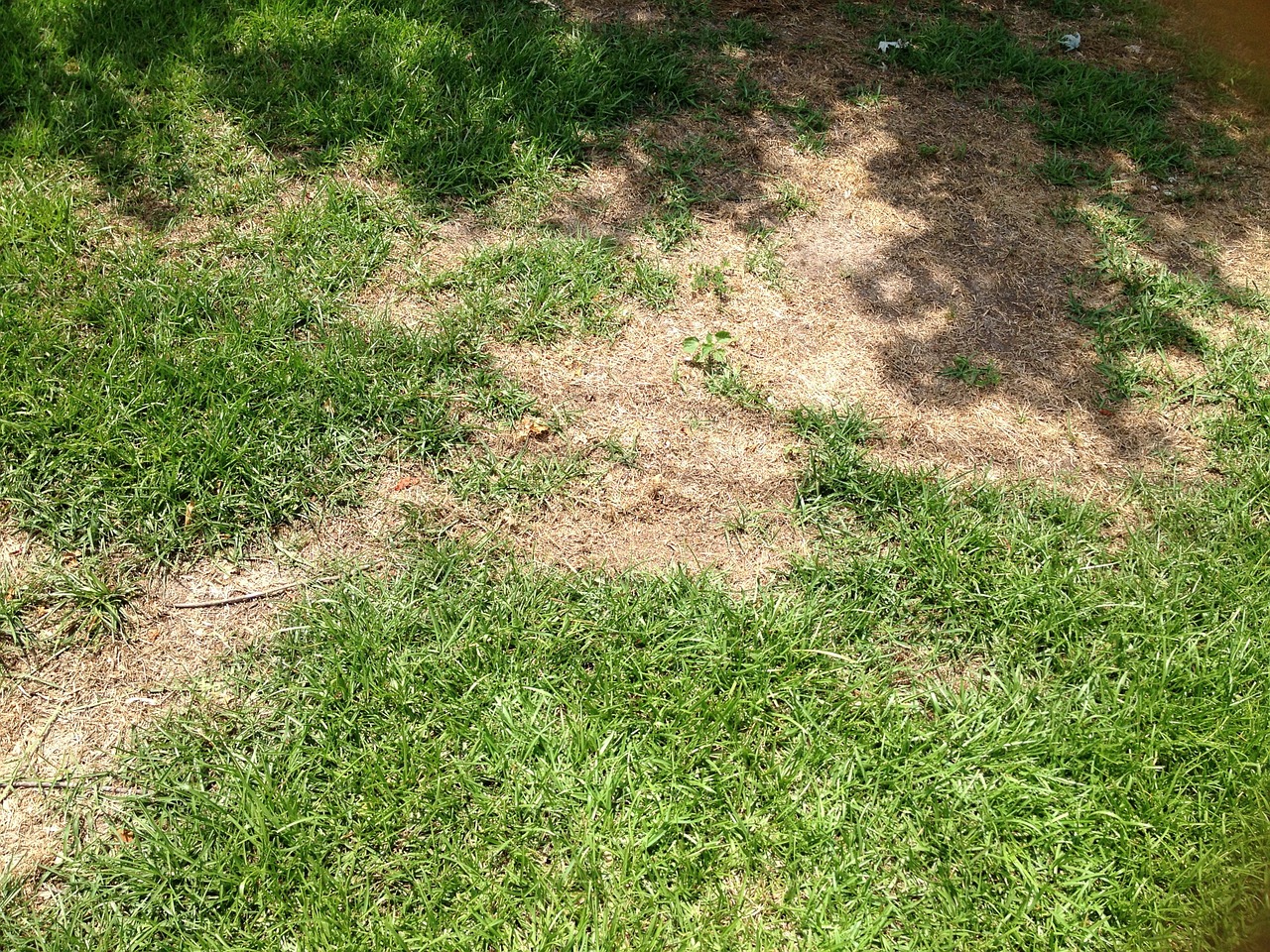
If your lawn isn’t growing the way you’d like it to this spring–or if you notice there are an unusually high amount of birds and other animals digging up your lawn–chances are, you have a pest problem. While Hartford, CT is a great city to live in if you enjoy the changing seasons and warm summers, warm weather can bring with it a whole host of attractive conditions for enterprising pests.
Luckily, the first step in getting rid of your pest problem is to determine what kind of insect is feasting on your lawn. Correctly identifying the pest will allow you to take appropriate steps to remove it–and prevent it from ever coming back. Here are some common pests that can mess up your lawn care in Hartford.
1. White grubs
White grubs live primarily underground, and you’ll likely only see them above the soil if they have fallen victim to a hungry bird. These plump, cream-colored creatures are actually the larvae of scarab beetles. They survive the winter months and then emerge in the spring to feed on your grass roots. Grubs can cause your grass to look spongy or discolored, and also invite other animals to dig up your lawn.
2. Leather Jackets
Also known as crane flies, these pests look a lot lot mosquitoes. They have long, skinny legs and are light brown in color. They are attracted to light and don’t tend to emerge until late summer. These pests deposit hundreds of eggs on your lawn, and the larvae then proceed to feed aggressively on the roots and crowns of your grass. You can avoid crane fly infestations by keeping all compost piles clear of your lawn, and also by removing factors that cause excess shade or moisture. Signs of infestation include discoloration and the removal of grass–in some cases, leather jackets can chew your lawn down to bare soil.
3. Chinch bugs
These bugs live in lawn grasses just above the soil. They feed on the juices of the grass plant and can easily devastate an entire lawn. Adult females lay over two hundred eggs, with the young bugs feeding almost immediately after they hatch. These bugs cause brown patches on your lawn which can easily be mistaken for dry areas. However, it’s important to act quickly if you suspect these pests, as they can consume a lawn within as little as three weeks.
4. Japanese Beetles
These invasive pests lay their eggs on the soil and can quickly migrate across your lawn, feeding on–and significantly damaging–your shrubs, flowers, and even rose bushes. They reproduce quickly and can devastate an entire landscape if action is not taken to remove them.
5. Moles
Moles are common lawn pests, and damage your lawn indirectly rather than by feeding on it. Moles tunnel through the soil in their hunt for earthworms, the primary staple of their diets. Tunneling can destroy the structure and nutrient makeup of the soil. It can also harm your plants’ developing roots. While moles work secretly under the soil, you can determine if they are active by watching carefully for above-ground dirt piles and tunnels.
6. Mole crickets
Mole crickets are given their name because of their tunneling behavior akin to that of the aforementioned mammal. These pests feed on other insects, grass roots, and decaying plant matter. If you have a mole cricket infestation, you might notice rivulets above the soil, or have a spongy, discolored lawn. Infestations are often the result of wet conditions, and must be dealt with swiftly.
7. Sod webworms
These creatures are the offspring of moths that lay their eggs in lawns. They bite off pieces of grass near the crowns of plants, and give your lawn a ragged-looking appearance. You might also see these caterpillars wandering around your lawn.
8. Cutworms
Cutworms belong to a family of moths that lay their eggs at night. They can survive the winter and damage plants early in the spring as well as late into the fall. While cut worm infestations of your lawn are generally not noticed, these creatures have the potential to move onto your other plants and severely damage both flowers and vegetable crops.
9. Leafhoppers
Leafhoppers are small, sucking creatures that live on a variety of plants. They are more common on grass that is not frequently mowed, and prefer thicker, denser sections of grass. Damage appears as small white areas, as these insects suck on the sap of the plant. Because they present signs of infestation that are incredibly similar to fungal disease, these pests can be difficult to catch.
10. Slugs
Slugs will feed on just about every plant, seizing the opportunity to feast upon any unsuspecting greenery. These pests can be easily dealt with by using DIY methods, but can cause irreversible damage to flowers, vegetables, and grass before you’re able to catch them.
